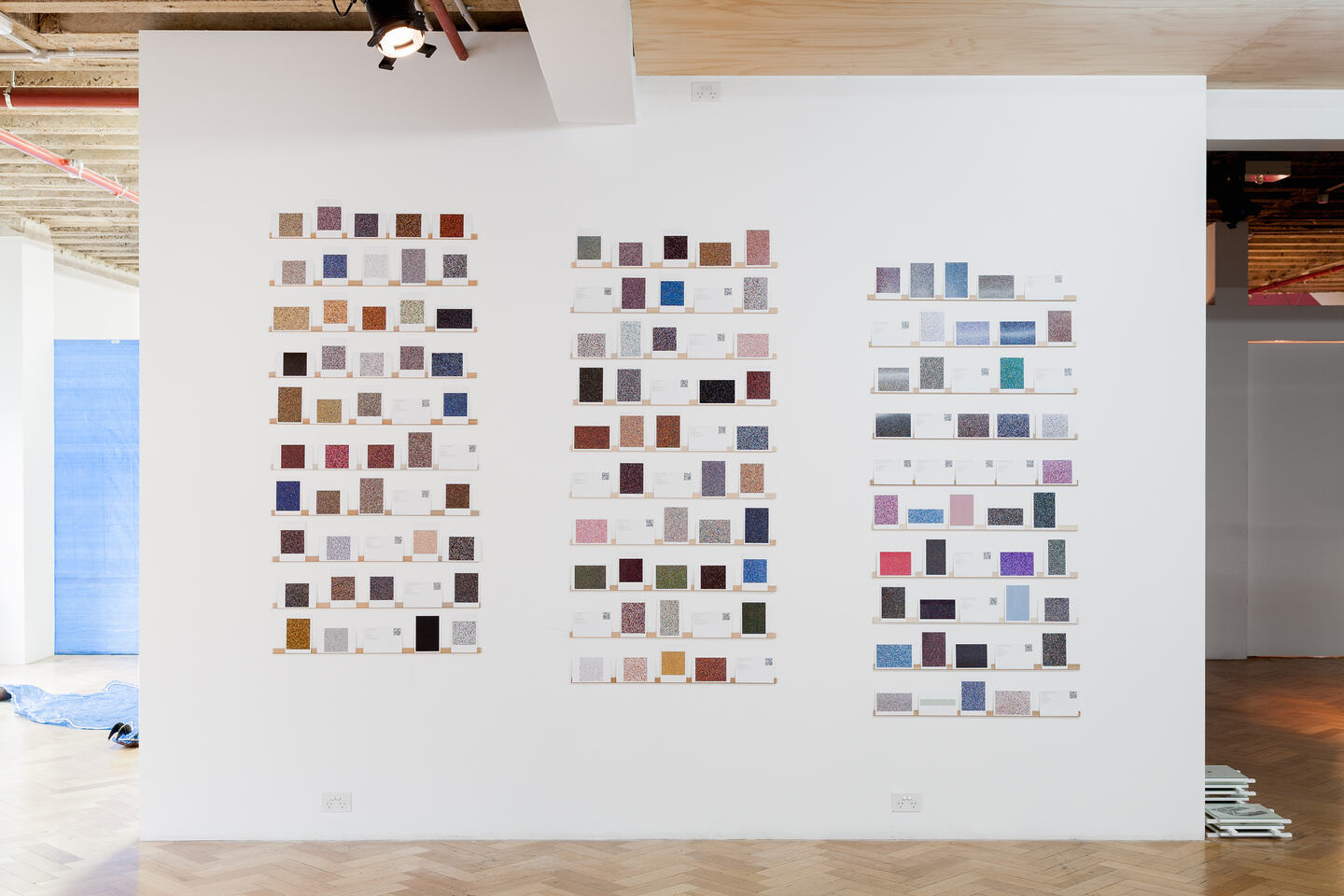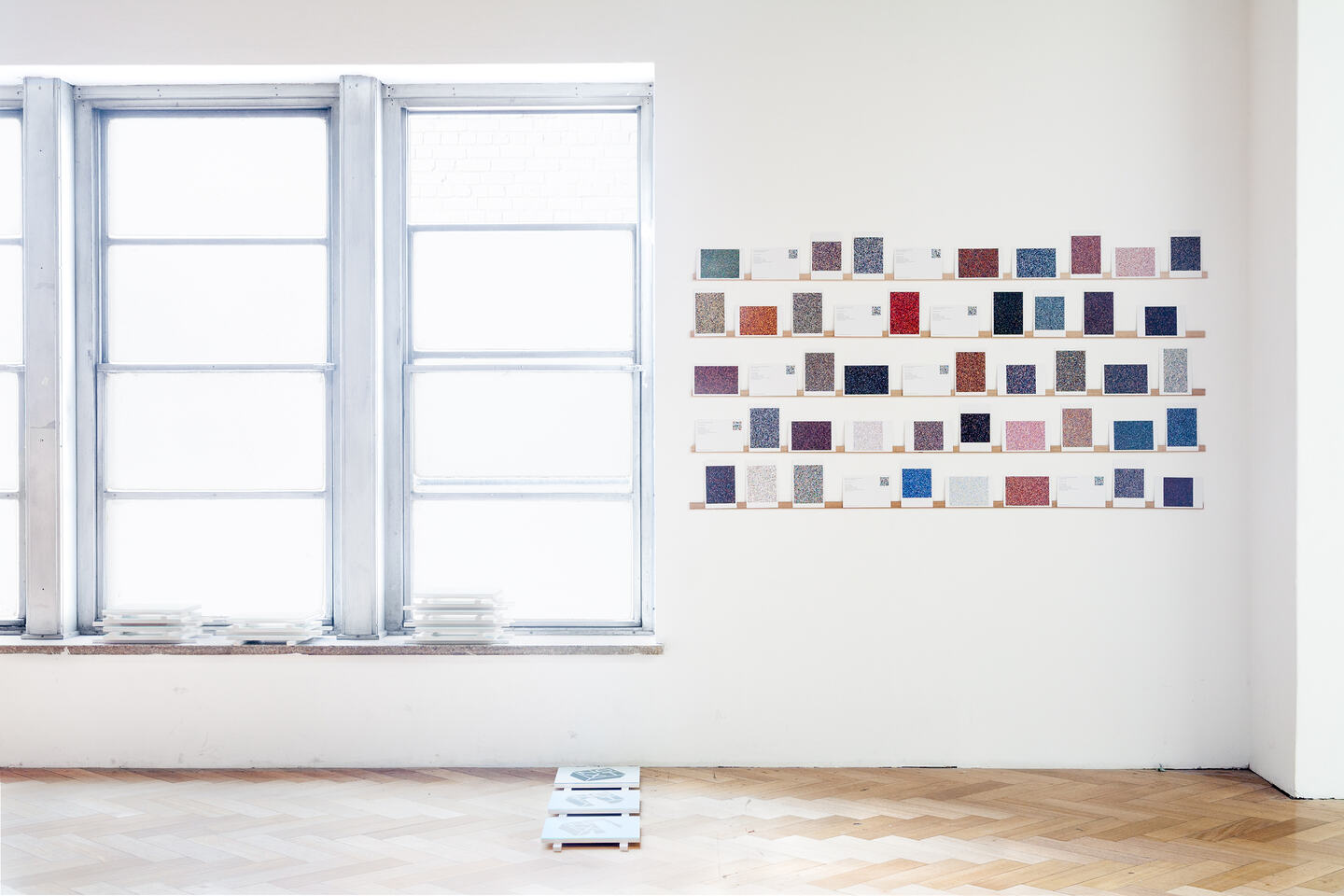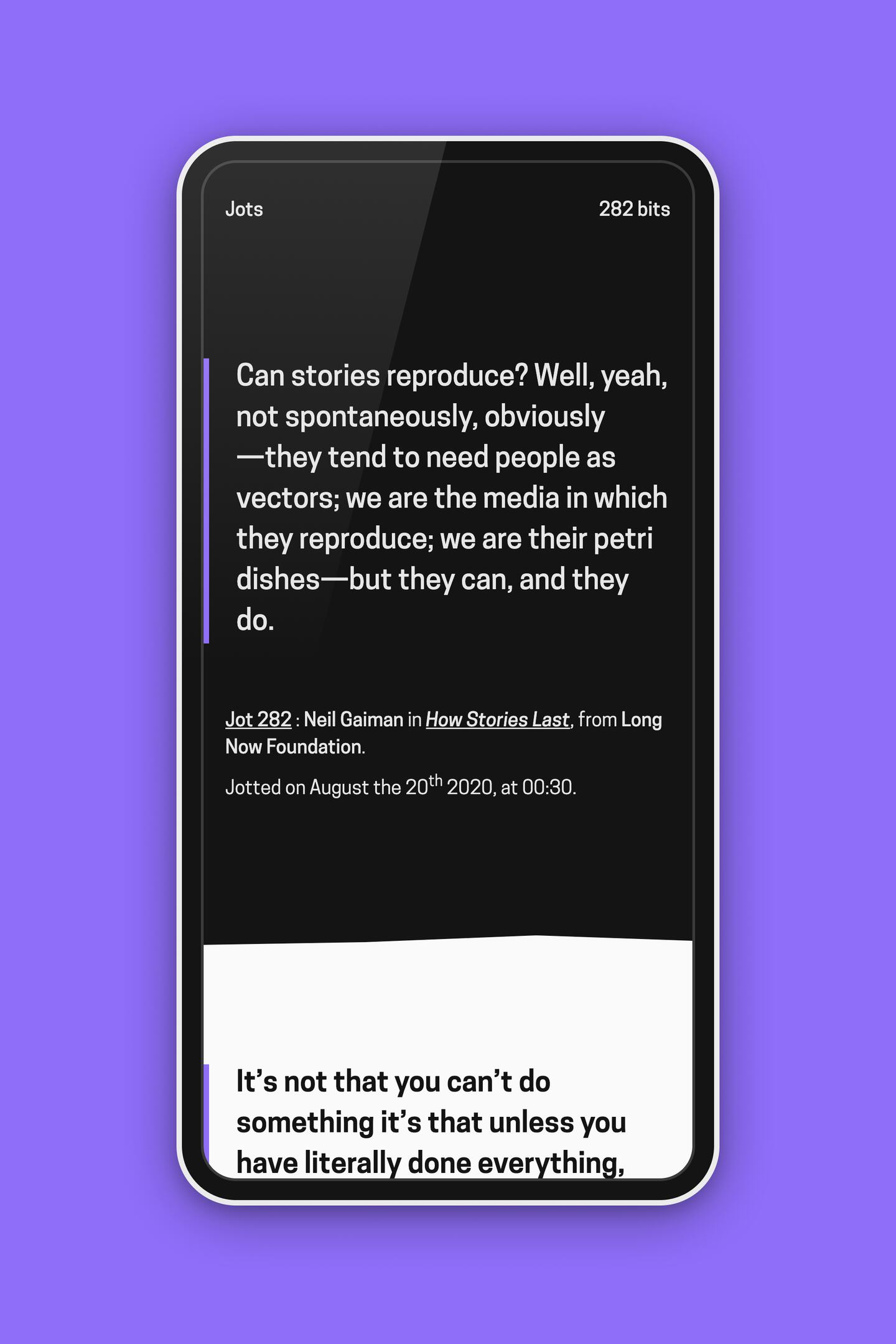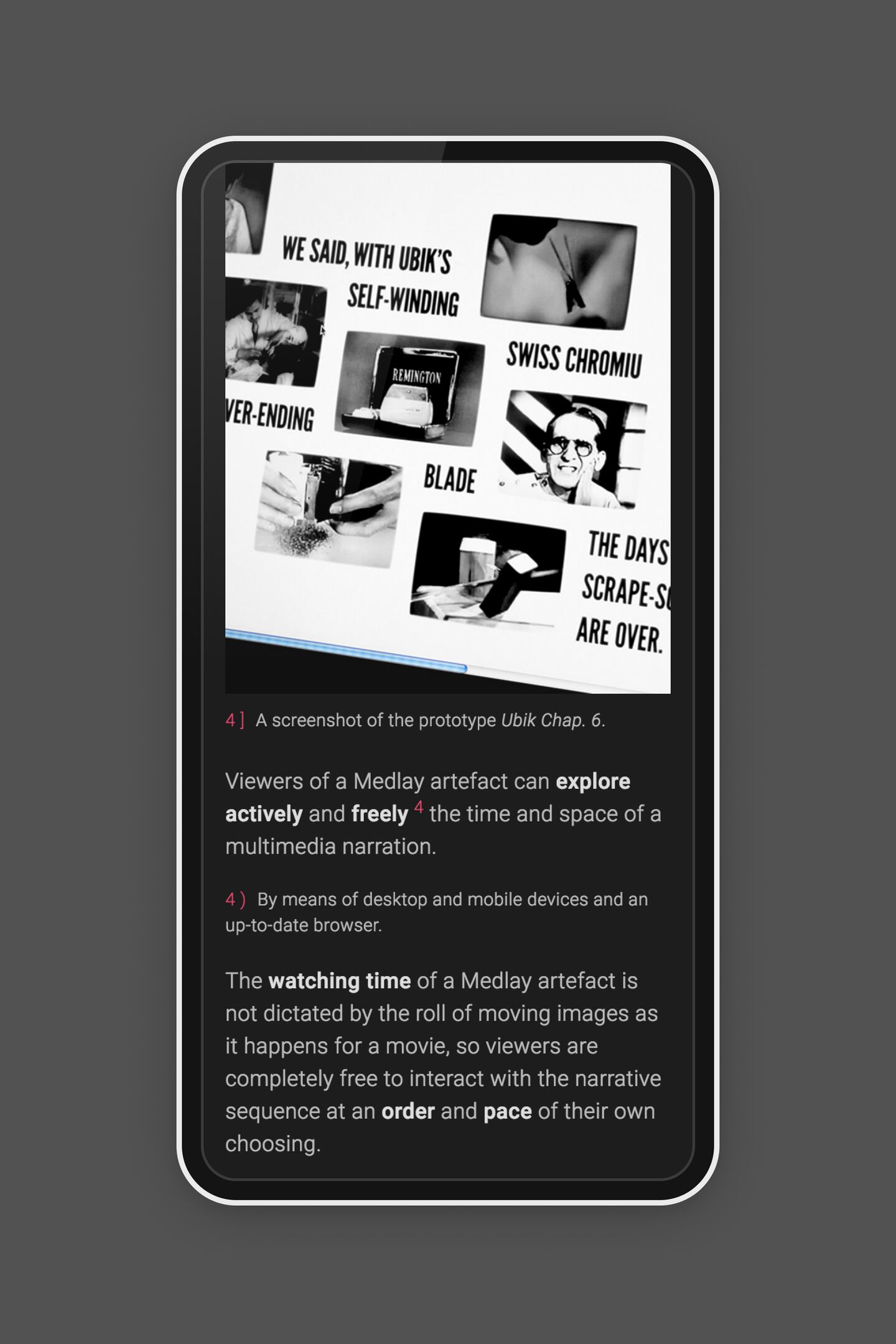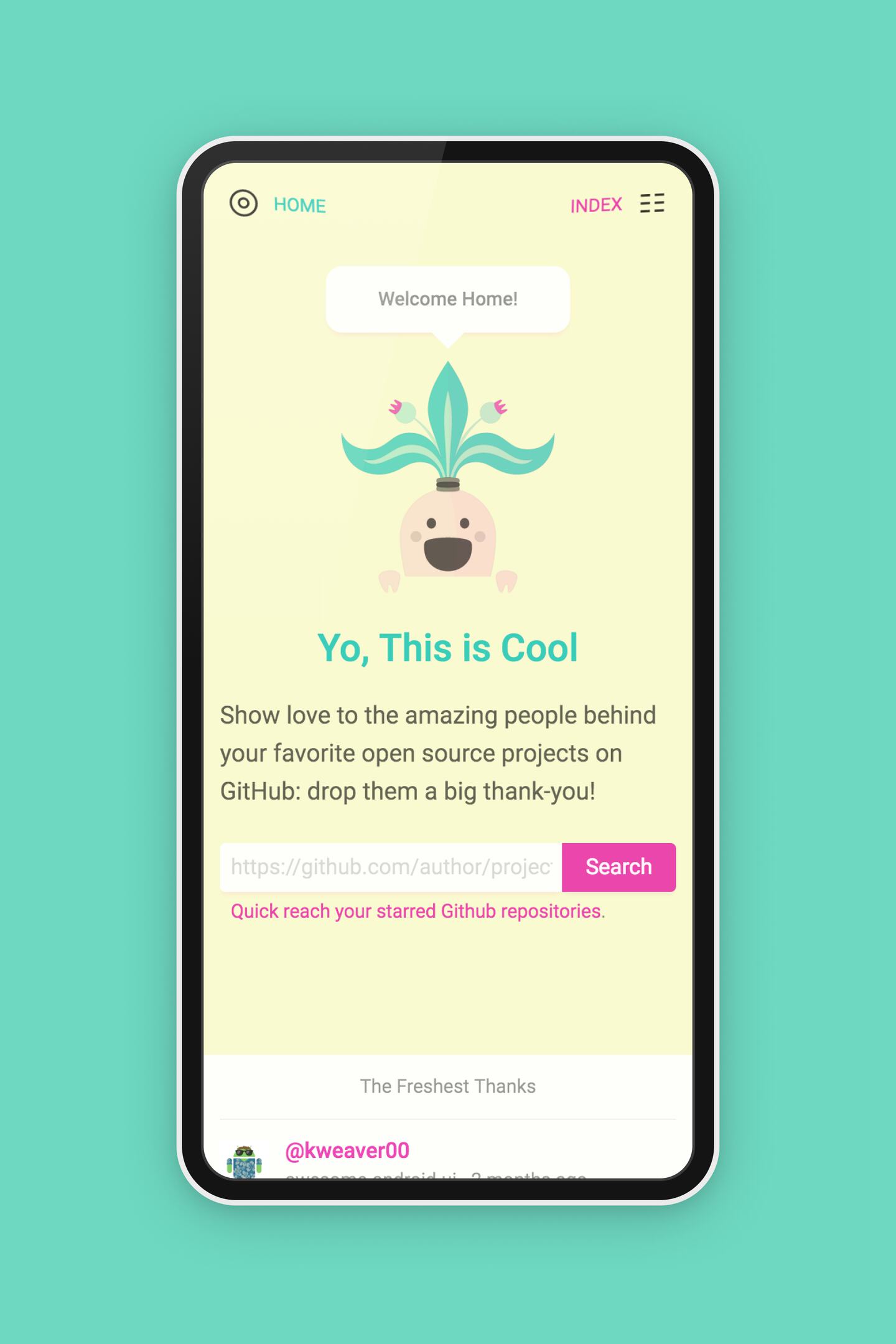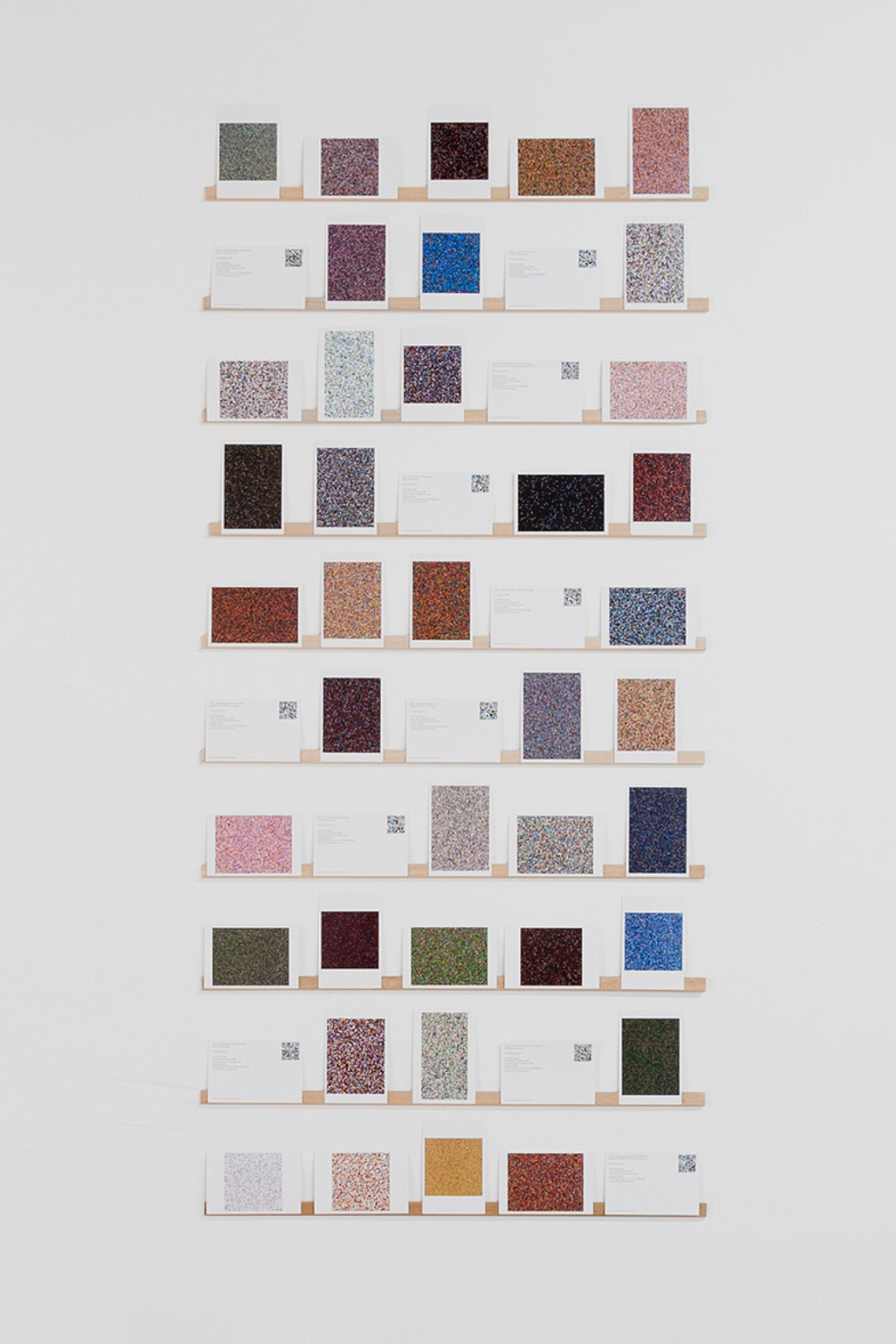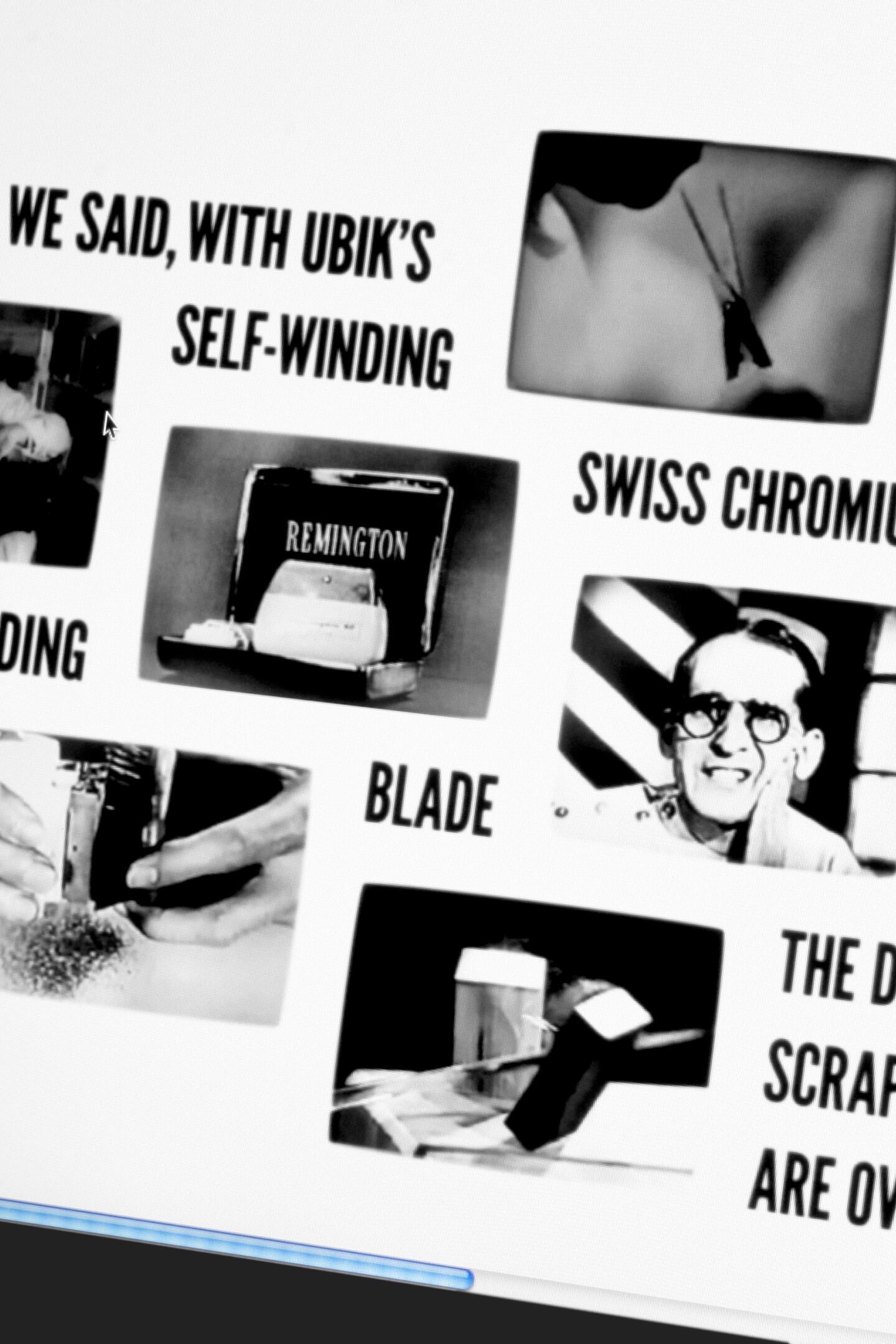- tags
- dream, image search results, installation, postcards, print, search engines
- role
- co-creator
- responsibilities
- concept, design
- team
- Andrea Buran, Eleonora Sovrani
- pictures of the installation by
- Christo Crocker
The installation correlates two different yet comparable web image archives: the first, potentially infinite. is continuously powered by users through the site Fortune Cookie, while the second, actually finite, consists of images retrieved from a sample of ten image search engines.
In the first archive, links to the images submitted by participants and collected through the site are aggregated into a single cluster and printed on-the-fly using a digital printer installed on-site.
The second archive is populated with the first fifty results returned for the query dream, retrieved from a sample of ten different image search engines1.
“People who think that search engines are completely objective ignore the fact that every search engine has its own philosophy, every search engine has its own set of algorithms and those algorithms encode the ranking philosophy of that search engine, […] every search engine is going to have different ideas of what the ideal set of search results is […].”
—Video, Matt Cutts.
Starting from the unusual assumption that each search engine has its own subjectivity and a distinct, univocal idea of what dream should be, all clusters of images are treated and introduced as if they were collected by an actual test subject.
The first physical counterpart of Fortune Cookie was set up as a postcard installation at West Space gallery during the exhibition Can we please play the internet?, curated by Rosemary Willink for the Next Wave festival.
-
Ask, Bing, Collarity, Exalead, Google, Picsearch, Quality Images Search, Spezify, Yahoo, and Yandex. ↩


